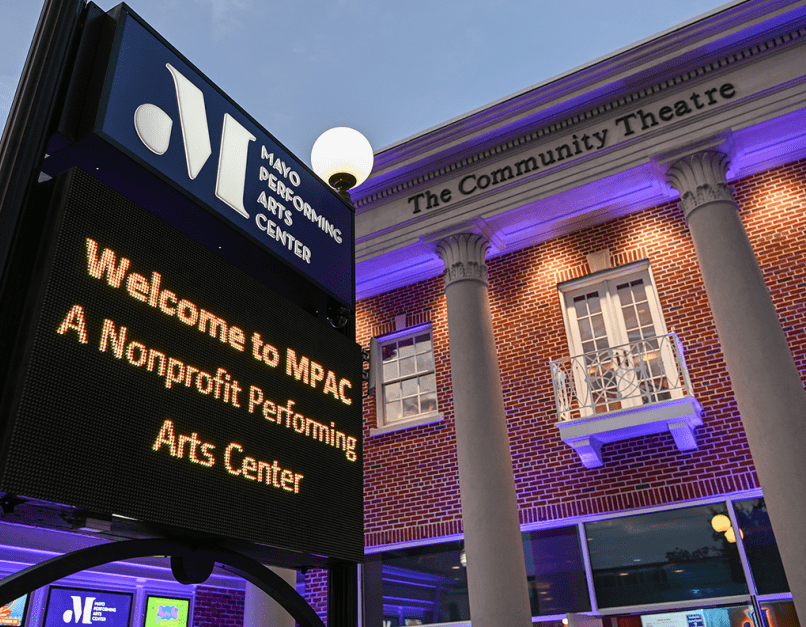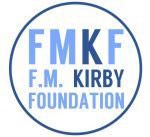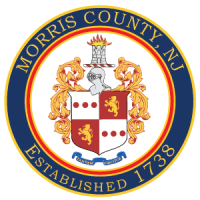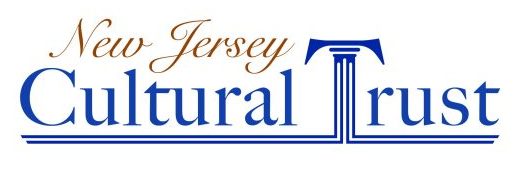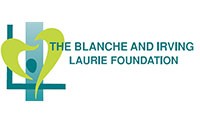To Kill A Mockingbird
Grades 7-12:
Curriculum: Literature, Language Arts, Race Relations, Character Development, Social Justice
A sleepy southern town confronts difference and justice through the eyes of six-year old Scout. In the heroics of her father, the struggles of her friends and neighbors, and the threat of a boogeyman, Scout lives through the joys of childhood innocence and the pains of growing up. Based on Harper Lee's Pulitzer Prize-winning novel.
Live Performances Fulfill Common Core Standards, Including:
CCSS.ELA-Literacy.RL.7.7
Compare and contrast a written story, drama, or poem to its audio, filmed, staged, or multimedia version, analyzing the effects of techniques unique to each medium (e.g., lighting, sound, color, or camera focus and angles in a film)
CCSS.ELA-Literacy.RL.9-10.3
Analyze how complex characters (e.g., those with multiple or conflicting motivations) develop over the course of a text, interact with other characters, and advance the plot or develop the theme.
CCSS.ELA-Literacy.RL.9-10.9
Analyze how an author draws on and transforms source material in a specific work (e.g., how Shakespeare treats a theme or topic from Ovid or the Bible or how a later author draws on a play by Shakespeare).
CCSS.ELA-Literacy.RL.11-12.3
Analyze the impact of the author’s choices regarding how to develop and relate elements of a story or drama (e.g., where a story is set, how the action is ordered, how the characters are introduced and developed).
TH:Pr4.1.I
Examine how character relationships assist in telling the story of a drama/theatre work.
TH:Re9.1.7
Consider the aesthetics of the production elements in a drama/theatre work.
TH:Cn10.1.8
Examine a community issue through multiple perspectives in a drama/theatre work.











